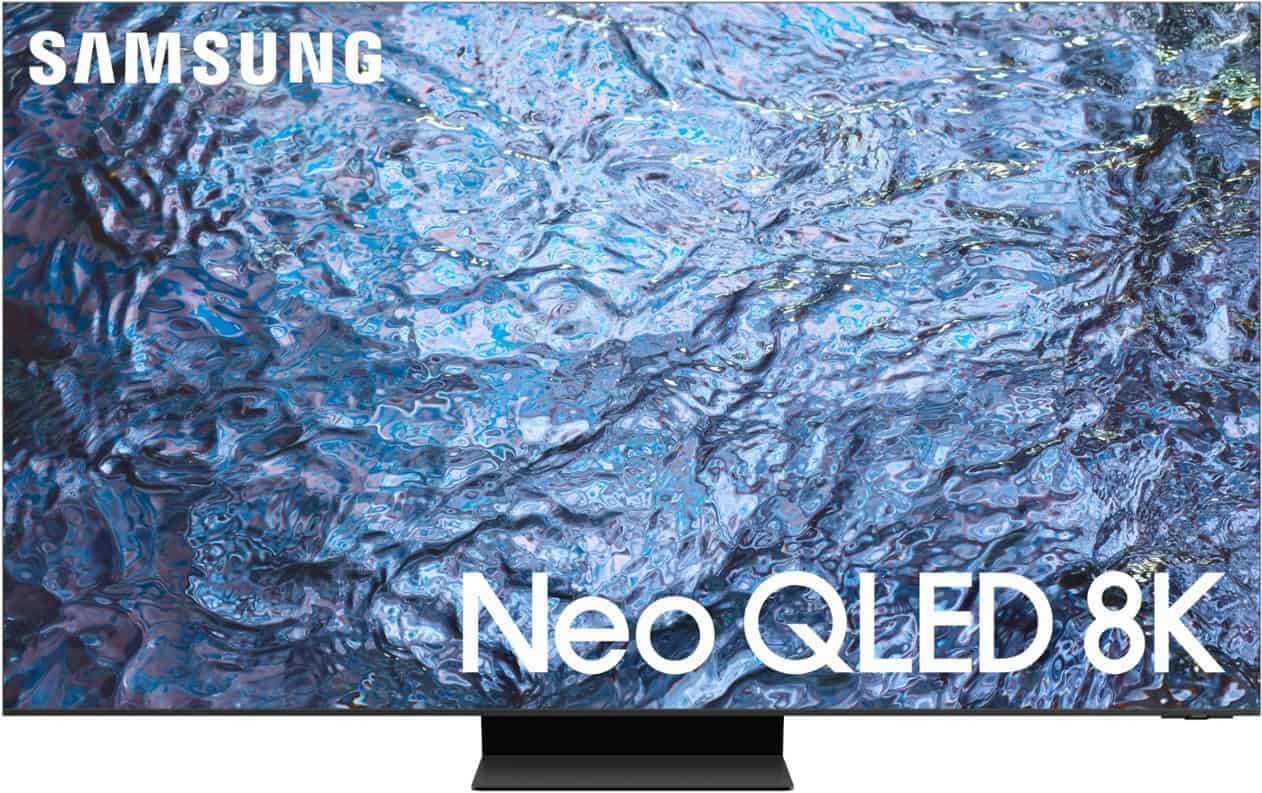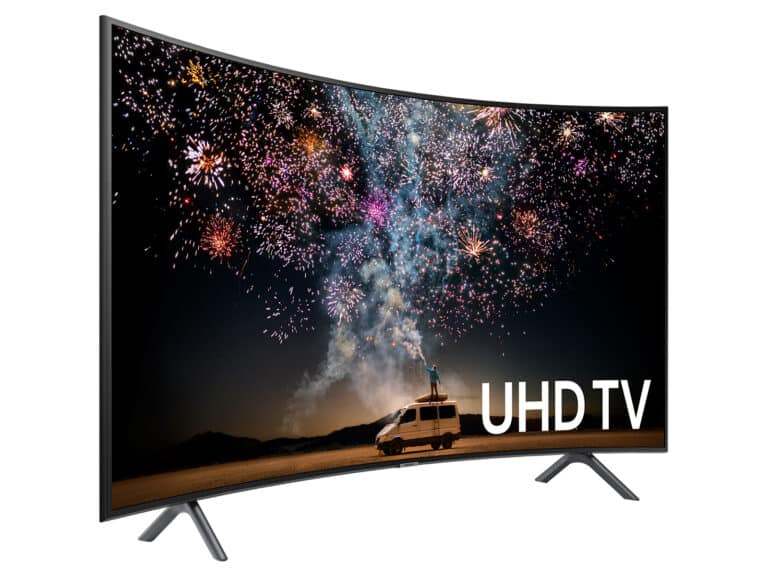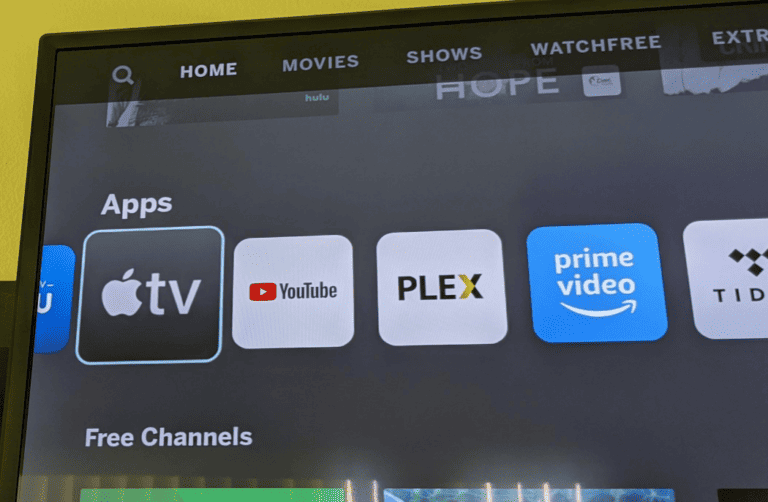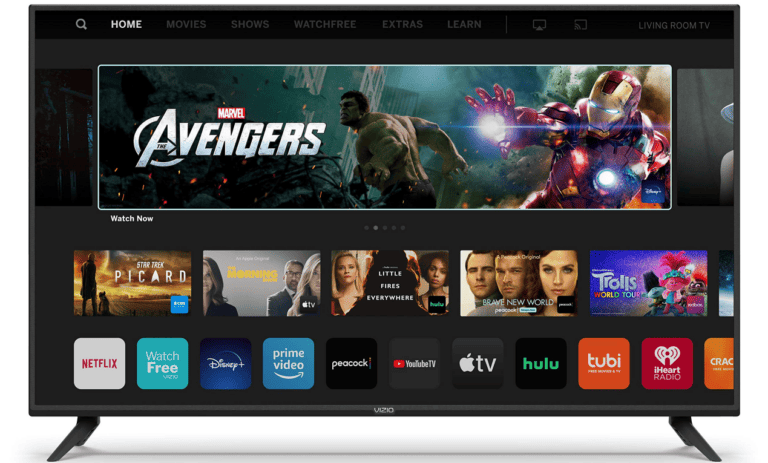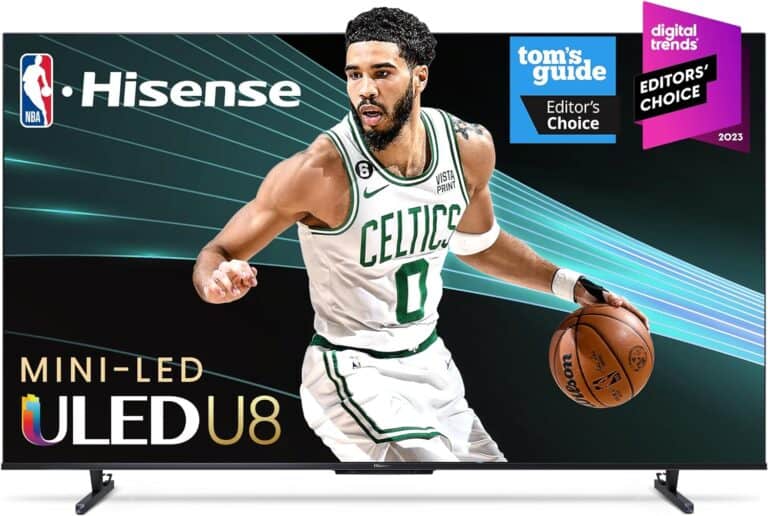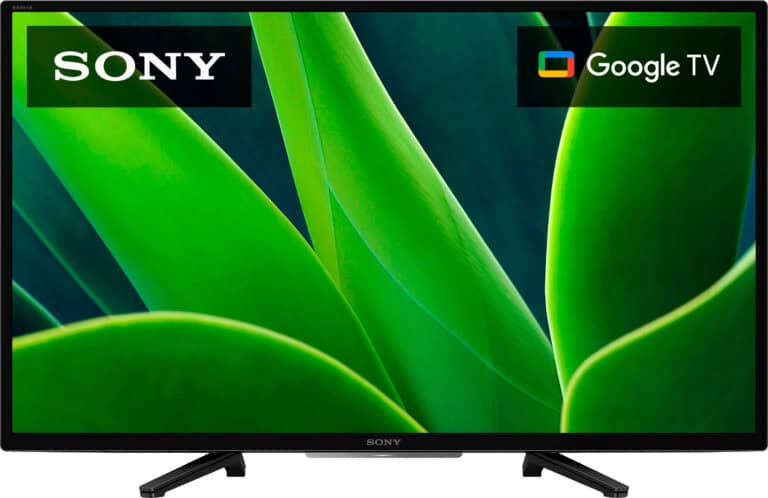If you’re in the market for a new TV, you’ve surely been bombarded with the terms “4K” and “8K”. But what do they mean, and is it worth the often-substantial price increase to get an 8K TV?
Is an 8K TV Worth the Upgrade?
Here’s a table comparing the key features and considerations of 4K and 8K TVs.
| Feature | 4K TV | 8K TV |
|---|---|---|
| Resolution | 3840 x 2160 pixels | 7680 x 4320 pixels |
| Pixel Density | Good at common sizes (50″+) | Excellent, even at very large sizes |
| Content Availability | Wide range of movies, shows, streaming, games | Very limited native 8K content |
| Upscaling | High-quality upscaling of lower resolution content is common | Advanced AI-powered upscaling to make the most of 8K |
| Viewing Distance | Benefits noticeable at typical viewing distances | Benefits most obvious at closer distances or with very large screens |
| Price | Affordable, with wide price range | Significantly more expensive |
| Future-proofing | Well-established standard | Cutting-edge, investment for the future |
Key Considerations:
- Do you need 8K? For most people right now, 4K offers exceptional picture quality and plenty of content.
- Screen size: The larger the screen, the more noticeable the benefits of 8K will be.
- Upscaling is key: 8K TVs rely heavily on upscaling algorithms to improve lower-resolution content.
- Price vs. value: Consider if the higher cost of 8K TVs is currently worth it for your entertainment needs.

What is resolution?
TV resolution refers to the number of pixels that make up the picture on your screen. Pixels are the tiny dots of light that create the image. The more pixels there are, the sharper and more detailed the image will appear.
4K vs. 8K – What’s the difference?
Resolution
A 4K TV has a resolution of 3,840 pixels horizontally and 2,160 pixels vertically. A standard 8K TV has an even higher resolution of 7,680 pixels horizontally and 4,320 pixels vertically. That’s four times as many pixels as a 4K TV!
Benefits of 8K Resolution
- Increased detail: 8K resolution offers a more detailed and sharper picture. This is especially noticeable on larger screens
- Upscaling: Even if you don’t have native 8K content, your TV can make lower resolution content look sharper and more detailed using a process called upscaling.
Should You Buy an 8K TV?
Here’s a quick look at the pros and cons:
| Pros | Cons |
|---|---|
| More immersive viewing experience | More expensive than 4K TVs |
| Sharper image with greater detail | Limited availability of native 8K content |
| Better upscaling of lower resolution content | Can be too detailed for smaller screens, potentially highlighting flaws in older shows and movies. |
So, is 8K worth the investment?
It depends on several factors. If you’re a videophile who demands the best possible picture quality and you have a large screen (65” or bigger), then an 8K TV might be worth the extra cost. However, if you’re on a budget or primarily watch lower-resolution content, a 4K TV is still an excellent option that offers fantastic value.
Understanding Resolution and Pixels
When talking about TV screens, “resolution” refers to the total number of pixels that make up the picture, and “pixels” are the tiny dots that display the image. Imagine pixels as the building blocks of any image we see on the screen.
4K – also known as UHD or Ultra High Definition – has a resolution of 3840 x 2160 pixels. That’s four times the resolution of 1080p Full HD, which stands just at 1920 x 1080 pixels.
8K goes even further with a native resolution of 7680 x 4320 pixels—that’s exactly four times more than a 4K TV and sixteen times higher than 1080p.
Here’s a quick view to show the progression in pixel count:
- 1080p (Full HD): 1920 x 1080
- 2K (QHD): 2560 x 1440
- 4K (UHD): 3840 x 2160
- 8K: 7680 x 4320
When you compare 4K vs 8K, the main difference lies in the number of pixels, which directly affects the image detail. A screen with a higher number of pixels can produce a more detailed and clearer image. However, whether one can actually notice the enhanced clarity of an 8K TV over a 4K TV often depends on the screen size and viewing distance.
Comparing 4K and 8K TVs
When deciding between a 4K and 8K TV, consumers should consider factors like display technology, image quality, content availability, and overall value.
Display Technology
4K and 8K refer to the resolution of the TV screen, meaning the number of pixels that compose the picture. 4K TVs have a resolution of 3840 x 2160 pixels, while 8K TVs boast a stunning 7680 x 4320 pixels. Newer display technologies like OLED and QLED enhance color and contrast for both 4K and 8K TVs. Mini LED is a newer backlighting technology that offers better contrast ratios and deeper blacks.
Image Quality and Detail
The primary advantage of 8K TVs is their superior resolution, which can deliver sharper and clearer images with more detail. However, this improvement in picture quality can be less discernible unless consumers are viewing native 8K content or sitting close to a very large screen.
Content Availability
Most available content today, from streaming services like Netflix, Amazon Video, and Disney+, to broadcast television, is in 4K or lower resolutions. While 8K content is growing, it’s still quite limited. For gaming, few consoles are 8K-ready.
Screen Size and Viewing Distance
The benefits of 8K resolution are more visible on larger screens and at closer viewing distances. Viewers need to sit closer to an 8K TV to really notice the difference from a 4K TV. For a typical living room setup, a 4K TV often provides a great viewing experience.
Price and Budget Considerations
Cost is a significant factor in the 4K vs 8K debate. 4K TVs have become much more affordable and offer great value. Meanwhile, 8K sets remain a premium option with a higher price tag, making them a consideration for those with larger budgets.
Connectivity and Bandwidth
Streaming 4K content already requires a strong internet connection. As 8K demands even more bandwidth, connectivity becomes an important consideration, with the need for faster internet speeds and more powerful processing in the TV itself.
Frequently Asked Questions
This section will cover some common questions about 4K and 8K TVs to help you understand the differences and make a more informed decision.
What are the noticeable differences between 4K and 8K TVs?
8K TVs pack in four times as many pixels as 4K TVs, which results in a sharper and more detailed picture, especially apparent on larger television screens where pixel density plays a bigger role.
What kind of content is currently available for 8K TVs?
As of now, native 8K content remains limited. Most available media is still in 4K or lower resolutions, although some streaming services and tech companies are experimenting with 8K content.
How does 8K TV picture quality compare to 4K for everyday viewing?
For most households, 4K TVs offer a rich and detailed viewing experience. The leap in picture quality to 8K may not be as noticeable for everyday viewing, especially on TVs that are smaller than 65 inches.
Are there any significant benefits to upgrading from a 4K to an 8K TV?
The move to 8K offers increased clarity and potential for better detail in the picture. However, the benefits may not be significant without native 8K content or if viewed on screens where 4K already provides a very high pixel density.
What should consumers look for when choosing between a 4K and an 8K TV?
Consumers should consider screen size, content availability, and whether the extra detail of 8K can be appreciated in their viewing environment. They should also weigh the cost differences and additional features offered by the TV models.
How future-proof are 8K TVs compared to 4K models?
8K TVs are at the forefront of current television technology and are likely to remain compatible with new content standards longer than 4K TVs. However, widespread adoption of 8K content may still be a few years away.

